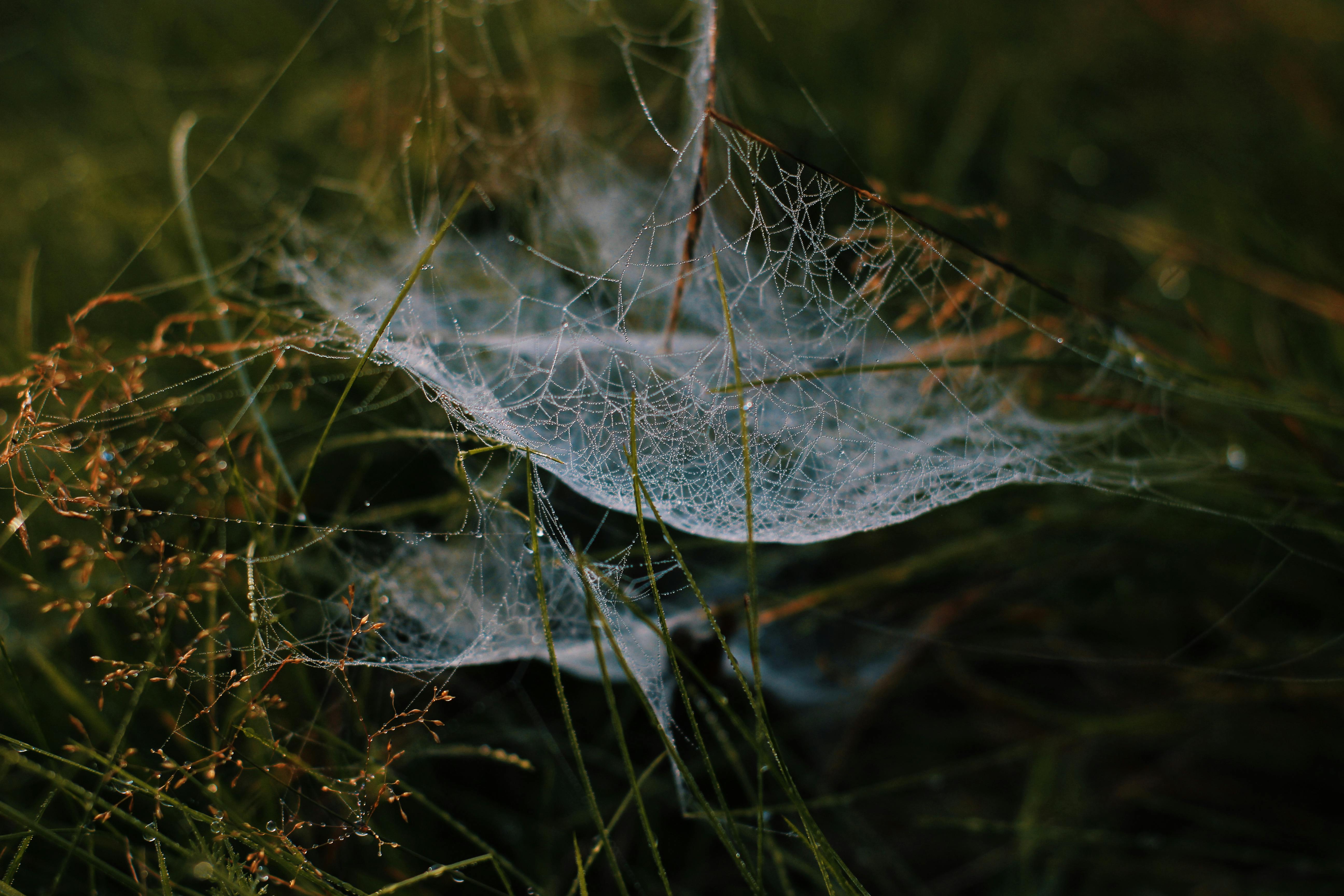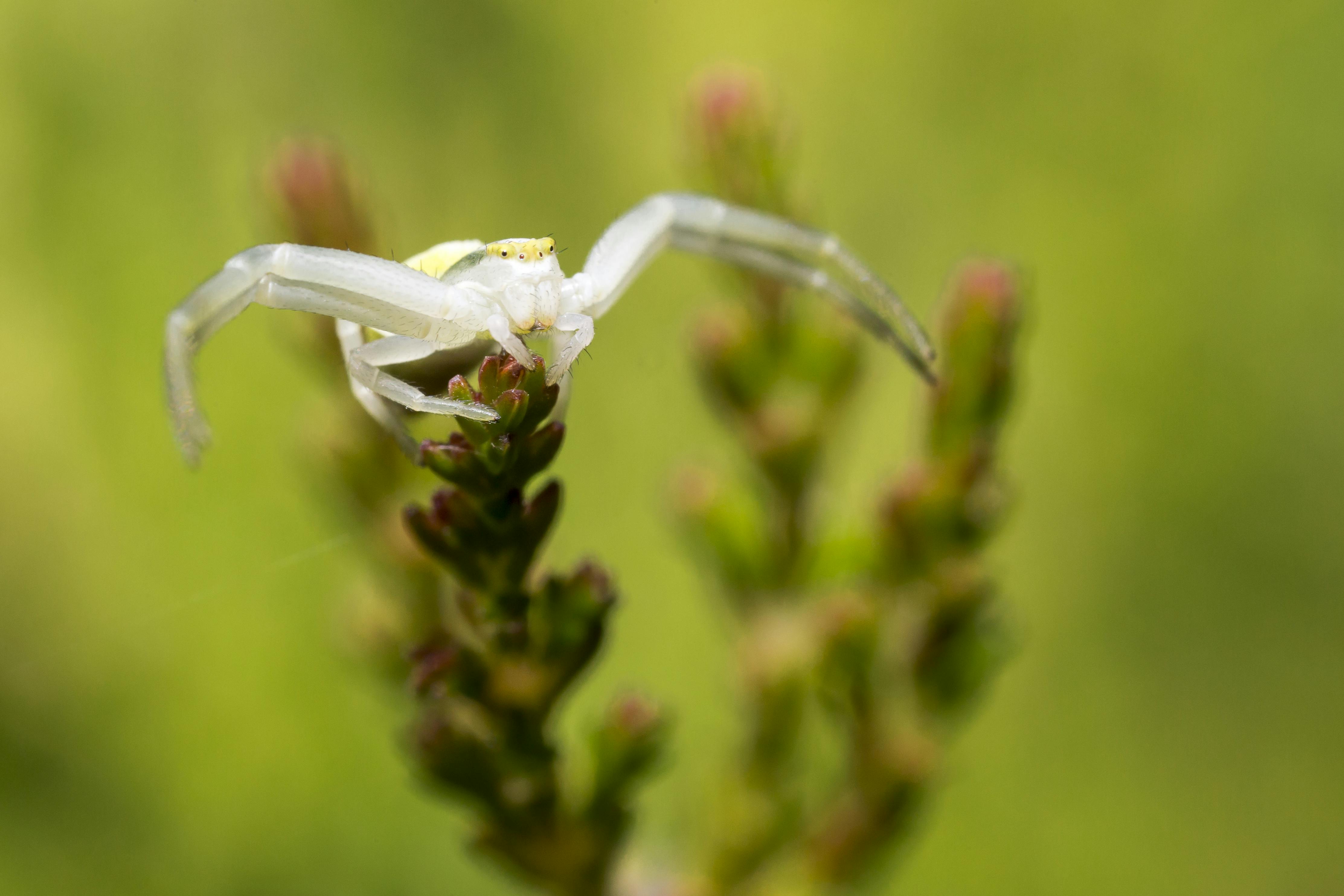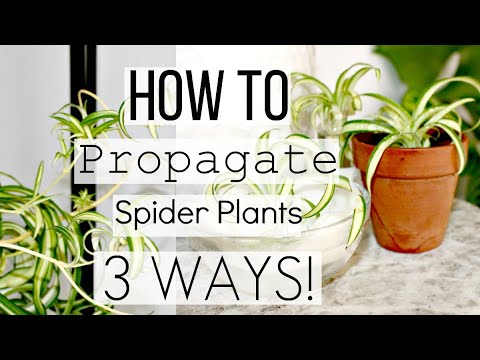Propagating spider plants is a simple way to increase your collection and is a great project for beginners. Spider plants are a type of houseplant that have long, arching stems with small white flowers that produce plantlets, or ‘babies’, at their tips. These can be removed from the stem and propagated in water or soil to create new plants. In this article, we will discuss how to propagate spider plants and the best method for successful propagation of these popular houseplants.To propagate a spider plant by division, first select a healthy, mature plant. Carefully dig up the roots of the plant and gently separate them into two sections. Make sure each section has roots and multiple shoots with leaves. Plant each section into its own pot filled with potting soil and water thoroughly. Place the newly divided plants in indirect sunlight and keep the soil moist but not waterlogged. With proper care, new growth should begin to appear in a few weeks.
How To Propagate Spider Plant By Cuttings
Propagating a spider plant from cuttings is a simple and effective way to multiply the number of plants you have in your home. Spider plants are hardy and easy to care for, making them a great addition to any space. The best time to propagate spider plant cuttings is in the late spring or early summer when the plant is actively growing. Here’s how to get started:
First, choose healthy leaves with well established roots from an existing spider plant. Cut off the leaves at the base of the stem using sharp scissors or a knife. Make sure that each leaf has at least one root attached, as this will help ensure successful propagation.
Next, dip the cut end of each cutting in rooting hormone powder or liquid. This will help promote faster and stronger root growth. Place each cutting into moist potting mix, making sure that at least one inch of stem is buried into the soil. Keep the soil evenly moist while waiting for new roots to form, usually within two months.
Once new roots have formed on your cuttings, it’s time to transplant them into individual pots or planters. Use a potting mix specifically designed for houseplants and be sure to choose containers with drainage holes in the bottom. Water regularly and place your newly propagated spider plants in bright, indirect light for best results.
Propagating spider plants from cuttings is an easy way to multiply your collection quickly and inexpensively. With just a few simple steps you can have more spider plants in no time!
What You Need To Propagate Spider Plant
Propagating a spider plant is a relatively easy and simple process that requires minimal effort and materials. In order to propagate your spider plant, you will need a few basic supplies. These include some well-draining potting soil, pruning shears or scissors, rooting hormone, and a pot or container for the new plants.
First, you will need to prepare the soil by mixing it with perlite or vermiculite to help it drain properly. Then, use the pruning shears to cut off several stems from the mother plant at an angle just below a leaf node. After cutting the stems, dip them in a rooting hormone to encourage root growth and then plant each stem in its own pot.
Once planted, be sure to keep the soil moist but not saturated as too much water can lead to root rot. Place the pots in an area that receives bright but indirect light and watch for new growth within four weeks. As soon as you see new leaves forming on the stem cuttings, your spider plants are ready to be repotted into larger containers with fresh soil or transplanted outdoors if conditions are suitable.
Step 1: Gather Supplies
Before you begin propagating your spider plant, make sure you have all the supplies you need. You will need a pair of scissors or a sharp knife, a pair of tweezers, some small pots with drainage holes, potting mix, and water. You may also want to have a few plastic bags on hand to cover the pots and hold in humidity while the cutting establishes roots.
Step 2: Select Healthy Plant Material
Look for healthy plant material when selecting what to propagate. Look for shoots with at least two leaves and a few roots already present. You can also cut off sections of the stem that have roots already growing from them. Make sure to use sharp scissors or a knife when making your cut so as not to damage the plant material.
Step 3: Prepare The Cuttings
Once you have selected your cuttings, snip off any leaves near the bottom of the stem and dip it into a rooting hormone if desired. This will help stimulate root growth.
Step 4: Plant The Cuttings In Pots
Fill your small pots with potting mix and moisten it slightly before planting the cuttings. Use tweezers to place each cutting into its own pot and press lightly around it to secure it in place. Cover each pot with a clear plastic bag to maintain humidity levels.
Step 5: Water And Monitor Progress
Keep an eye on your cuttings as they establish themselves in their new environment. Make sure they remain in bright indirect sunlight and mist them lightly every other day with water until they are well rooted. Once they are established, remove the plastic bags from the pots and slowly begin watering more frequently as needed.
Step 6: Transplant When Ready
When your cuttings are well established in their pots, carefully transplant them into larger containers filled with fresh potting mix. Water them regularly once transplanted and enjoy watching your spider plants grow!
How To Keep The Soil Moist While Propagating Spider Plant
Propagating spider plants is a great way to get more of these beautiful plants for your home. The key to successful propagation is keeping the soil moist so that the new plantlets have a solid foundation to grow on. There are a few different methods you can use to keep the soil moist while propagating spider plants.
One way to keep the soil moist is by using a humidity dome or tray. This is basically an enclosed container with ventilation holes or slits that traps moisture in and around the soil so it does not dry out. When using this method, you should also use a pebble tray or other container filled with water beneath the humidity dome to help increase humidity levels.
Another way to keep the soil moist while propagating spider plants is by misting them regularly with water. This is especially effective if you are propagating in an area with low humidity levels, such as near an air conditioner or heater. Allowing for some air circulation while misting will help prevent fungal diseases from taking hold in the soil and attacking your new plantlets.
Finally, you can cover the soil with plastic wrap or another material that will lock in moisture and help retain heat during propagation. This should be done sparingly, however, as too much moisture can cause root rot and other problems for your new plantlets. Make sure to check on your propagated spider plants regularly and adjust the amount of plastic wrap accordingly so that your new plantlets have enough moisture but not too much.
By following these tips, you should be able to keep your propagated spider plants healthy and happy until they are ready for repotting!

Advantages Of Propagating Spider Plant
Spider plants are one of the easiest houseplants to propagate. Propagation is a process by which new plants can be grown from existing plants. Propagation of spider plants is easy and simple, and it offers many advantages.
One of the biggest advantages of propagating spider plants is that it can be done with very little effort or cost. All that is required is to take a cutting from an existing plant and place it in soil or water until roots form. This can be done with just a few supplies, such as scissors, soil, and water.
Another advantage of propagating spider plants is that it allows you to expand your collection without having to purchase additional plants. By propagating existing plants, you can quickly increase your collection without having to spend money on new ones. This also allows you to share cuttings with friends and family who may also be interested in growing their own spider plant collection.
Propagating spider plants also helps to strengthen the overall health of the plant since cuttings are taken from mature and healthy specimens. The cuttings will have all the nutrients they need for growth and will not be subject to any diseases or pests that may be present in the parent plant or in other environments. This helps ensure that the new cuttings will have a better chance of thriving in their new home.
Finally, propagating spider plants can help ensure that they remain strong and vibrant for years to come. By allowing these specimens to reproduce themselves naturally, they become more resilient against environmental stressors such as extreme temperatures or lack of sunlight exposure. This helps keep them looking their best for longer periods of time and ensures that they remain healthy even if they are moved around frequently or placed in different areas of the home.
The Best Time To Propagate Spider Plant
Spider plants (Chlorophytum comosum) are popular houseplants because of their easy care and attractive foliage. They are also known for being easy to propagate, making them a great choice for those just getting started with houseplants. The best time to propagate spider plants is during the spring and summer months when the plant is actively growing.
Propagation is a simple process that involves taking cuttings from the mother plant and placing them in soil or water so they can develop roots and become established. Spider plants can be propagated by division, cuttings, or even from seed. With division, you simply take a mature plant and divide it into several sections, each with its own root system. Cuttings involve taking a stem or leaf cutting and planting it in soil or water to promote root development. Finally, spider plants can be propagated from seed by sowing the seeds directly in soil or in a potting mix.
When propagating spider plants, it’s important to choose healthy cuttings with no signs of disease or damage. The cuttings should be relatively young and should have at least three leaves each. This will give them the best chance of surviving and establishing themselves as new plants. When planting the cuttings, make sure you use potting soil that is well-draining and lightly moistened. Place the cuttings in an area that receives bright but indirect light and keep the soil lightly moistened until new growth appears.
Once your spider plant has been propagated successfully, you can move it to an area that receives more light if desired. You should also fertilize regularly during the growing season to ensure your new plant has all of the nutrients it needs for healthy growth. With proper care, your new spider plant will thrive!
Propagating Spider Plant
Propagating spider plant is the process of dividing and planting a mature plant to create new plants. It is an easy and inexpensive way to increase your spider plant collection. Here are some tips for successfully propagating a spider plant.
Provide Adequate Light
Spider plants need ample light in order to thrive. Place your propagated plants in a bright location, but avoid direct sunlight as this can cause scorching. Additionally, you should rotate the plants regularly to ensure they receive even light on all sides.
Maintain Proper Watering
Spider plants need consistent moisture, but be careful not to over-water them. Check the soil before watering and only water when it is dry to the touch. Water thoroughly until water runs through the bottom of the pot, then allow it to drain completely before returning it to its spot.
Fertilize Regularly
Fertilizing regularly can help keep your propagated spider plants healthy and strong. Choose a balanced liquid fertilizer with an NPK ratio of 20-20-20 and dilute it according to package instructions before applying it every two weeks during the growing season.
Pinch Off Flower Spikes
When propagated spider plants start producing flower spikes, pinch them off right away so that all of their energy goes into growing new shoots instead of flowers. This will also help encourage more branching for fuller foliage in the future.
Pot Carefully
Make sure you are potting your propagated spider plants in containers with drainage holes at the bottom and use a well-draining soil blend such as cactus mix or perlite-based soil mix for best results. When repotting, ensure that you are not over crowding them in too small of a container as this can impede growth and cause other issues down the line.

Conclusion
Propagating a spider plant is a simple and rewarding process that can be done with items you likely have around the home. You can propagate with either offsets or rooting in soil. Offsets should be pruned from the parent plant, and then potted in soil or water as desired. Soil propagation of spider plants requires taking a cutting from the parent plant and inserting it into potting mix, with roots emerging from the cut end of the stem.
Whichever method is used, you should keep your propagated spider plants in indirect light and adequately moist soil. Once roots are established, you may begin to fertilize lightly with an all-purpose liquid fertilizer every couple of weeks during the growing season. With these steps, your propagated spider plants should grow vigorously and reward you with healthy foliage and plenty of new offsets!
Happy propagating!

